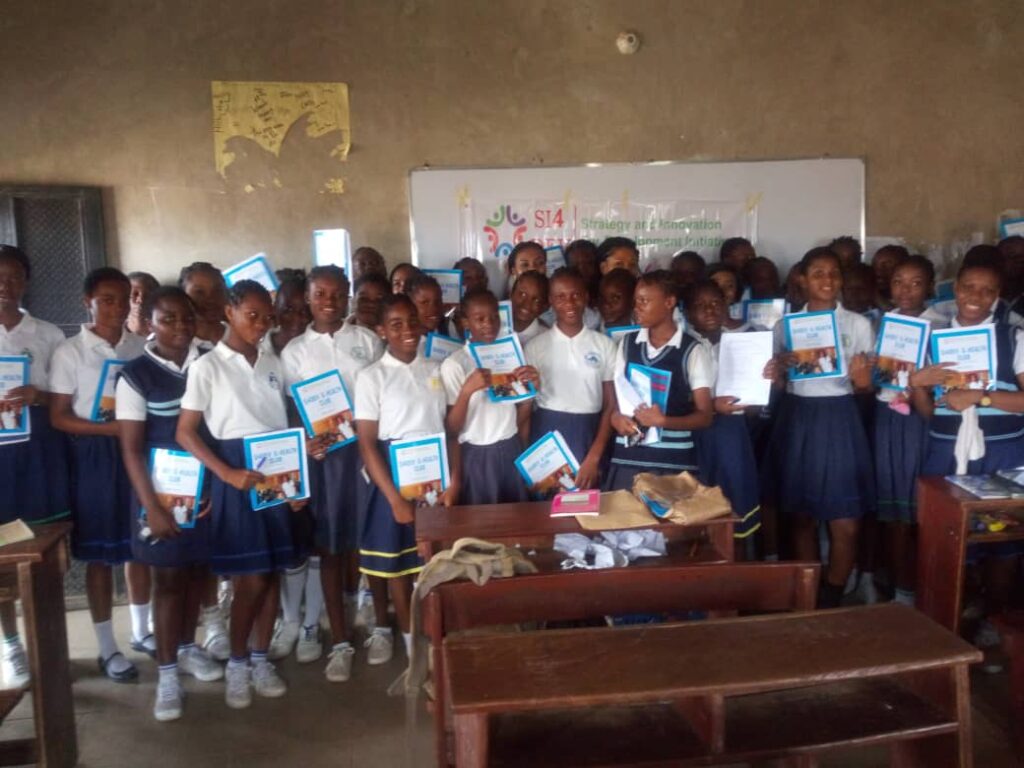According to the World Bank, Girls’ education goes beyond getting girls into school. It is also about ensuring that girls learn and feel safe while in school; have the opportunity to complete all levels of education acquiring the knowledge and skills to compete in the labor market; learn the socio-emotional and life skills necessary to navigate and adapt to a changing world; make decisions about their own lives; and contribute to their communities and the world.
Education should not be determined by a child’s gender. Girls’ education should be a development priority. According to world bank, better educated women tend to be more informed about nutrition and healthcare, have fewer children, marry at a later age, and their children are usually healthier, should they choose to become mothers. They are more likely to participate in the formal labor market and earn higher incomes. All these factors combined can help lift households, communities, and countries out of poverty.
About 130 million girls globally are out of school.
Some Obstacles to Girl’s child education:
Poverty: Even in places where school fees are eliminated, costs for transportation, textbooks or uniforms can be too high to bear, especially for people living in extreme poverty.
Child Marriage: Girls who marry young are much more likely to drop out of school, complete fewer years of education than their peers who marry later. They are also more likely to have children at a young age and are exposed to higher levels of violence perpetrated by their partner. In turn, this affects the education and health of their children, as well as their ability to earn a living
Violence and Security: Parents may also be deterred from sending their girls to school, especially in regions where the commute is not safe and where sexual violence against women and girls is widespread.
We won’t end extreme poverty until we break down the barriers holding girls back from attending school.
